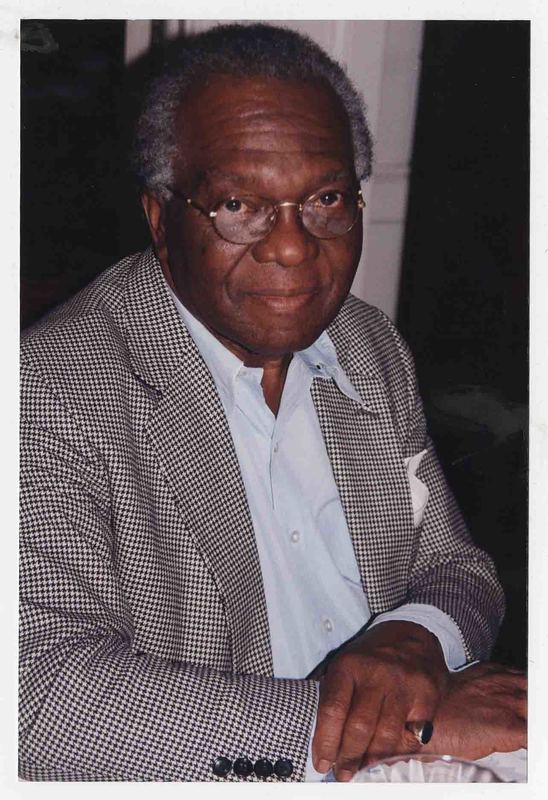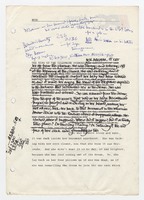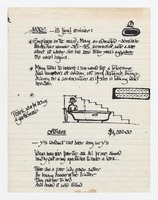Welcome: A Transatlantic Meditation
For three decades, letters to and from the Barbadian-born Austin Clarke (a ground-breaking, incendiary voice in Canadian and Caribbean literature) and the Jamaican-rooted Andrew Salkey (an accomplished novelist and a central figure of Britain’s Caribbean diaspora) crisscrossed the globe. Though divided by oceans, borders, and distance, both writers were united by a sense of brotherhood rooted in shared origins and the emergent Black political consciousness of the twentieth century. Correspondence provided a way of bridging time and distance; a way for these writers to nurture and sustain a friendship that kept them close in spirit even when they were physically far apart.
Their letters — by turns poignant, furious, and funny — reveal the inner lives, public triumphs, and private reflections of two very different men, both sustained by a sense of international community deeply rooted in considerations of space, place, identity, exile, belonging, and transcendence. Here you will find the struggles and foibles of everyday life juxtaposed against the philosophical and literary meditations of two profound thinkers as they lived vividly through years of upheaval, revolution, and re-imagining. Both writers switch effortlessly between different registers of language and expression, often several times in a single letter; both share a strong and familial sense of Caribbean diasporic community. To read them is to feel invited to a Caribbean republic of letters which extends far beyond the exchange of letters between two individuals; from archives such as these, we work outwards to the world.
Befitting the transatlantic dimension of their friendship, this exhibit brings together letters from the collections of McMaster University Library (which holds Clarke’s papers) and the British Library (which holds Salkey’s papers) as a way of peering into the long-running conversation between two giants of Caribbean literature. The selected letters range over a fifteen-year time period, giving some sense of how the friendship between Salkey and Clarke developed over time. Most are type-written — Salkey would often accentuate his with bold red type — but some are hand-written, showcasing Clarke’s inimitable penmanship and Salkey’s more workmanlike scrawl. Each letter is accompanied by a machine-readable transcript.
Here you will also find selected present-day readings from the correspondence, performed by Clarke and Salkey's family, friends, and intellectual heirs. These are complemented by personal reflections on both men's legacies and the letters' broader context. Through these recordings we come to know the correspondents; to reckon with them; to walk in their steps. These voices breathe new life into these letters; we are grateful to all who have offered their time, care, and expertise to this effort.
Through this project, we recognise Clarke's legacy in 2024 — the year he would have turned 90. It was inaugurated by a panel discussion, featuring archivists and scholars from McMaster University and the British Library, which was timed to coincide with Clarke's birthday on July 26th; interested readers may view a recording of that event. Between July 26th and August 2 excerpts from the curation-in-progress were shared and reshared via social media on the digital platform X, (formerly Twitter) via the accounts of the Caribbean literary journals Journal of West Indian Literature (@jwilonline) and sx salon (@sxsalon), Africa and Black Diaspora Studies at McMaster (@abldmcmaster) and the McMaster University Library (@maclibraries) and the British Library (@BLEnglish_Drama). These correspondences, (re)animated by new readings, thus crisscrossed the Atlantic in new ways via new media, some half-century after these letters were initially written and sent via post — and now, through this exhibit, these letters will travel once more.


